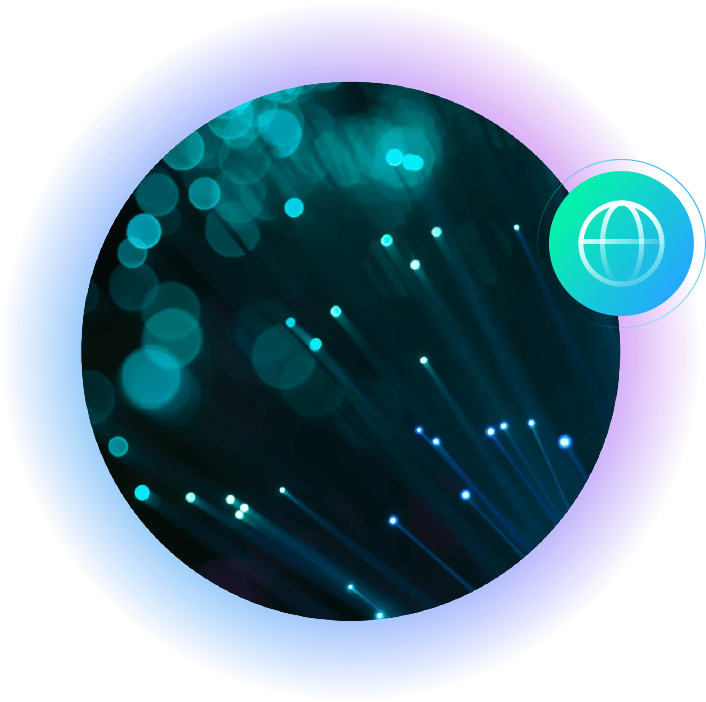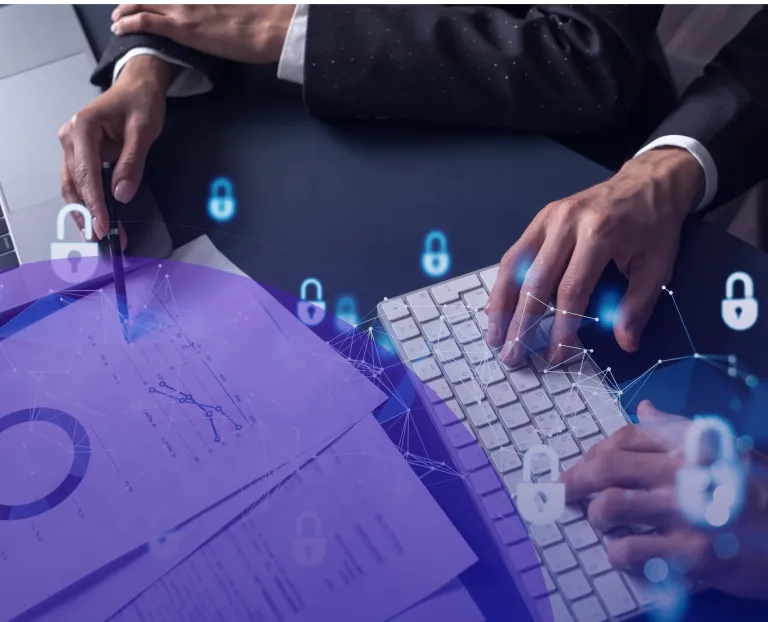Thomas Murray’s Risk Committee is made up of analysts, experts in financial market infrastructures (FMIs) and network managers. The Committee meets regularly to assess the health and stability of capital markets, custodian banks, transfer agents, fund platforms and market infrastructures around the world, and assign risk grades and/or scores based on its findings.
We sat down with Ana Giraldo, Thomas Murray’s Chief Risk Officer and leader of the Committee, to find out more about its work.
Why are these risk grades important, and who relies on them?
These assessments are critical to institutional investors that hold assets around the globe and have a direct or indirect exposure to these entities. Global custodians also rely on them to comply with the Securities and Exchange Commission (SEC) 17f-7 and 17f-5 regulations, which require global custodians to monitor their exposures to foreign central securities depositories (CSDs) and custodian banks.
What are Thomas Murray’s risk assessment grades, and what do they mean?
Thomas Murray’s risk assessments provide a comprehensive view of the risks faced by investors in the value chain. Unlike opinions of creditworthiness or credit ratings, Thomas Murray’s assessments examine the assessed entity’s risk and capabilities holistically. The risk component focuses on the key risks associated with these entities including financial, operational, liquidity, counterparty, asset safety and asset servicing risks.
Our risk assessments consist of a detailed analytical report, and include risk grades for each of these key risks using a score or a letter-based risk grade on a scale of ‘AAA’ to ‘CCC’.
What criteria does the committee use to measure the risk level of a bank, a fund intermediary or an FMI? Is it common for a grade to change often?
We use a detailed methodology for each risk product, which is a mix of quantitative and qualitative components, that we take into account to form an opinion.
Grades do not change frequently as the processes used by these entities are relatively stable and only significantly change over a longer period of time. We update the reports and risk grades intraday upon receipt of notification of developments or events and undertake a full annual review, which includes liaison with the assessed entity. The risk grades may change during the annual review or earlier if a significant change has taken place.
What information and data gathering does the Risk Committee do? Do we have people who are experts on specific countries or regions?
We use a combination of mechanisms to gather the data and information that support our assessments. We monitor these entities in real-time based on intraday flashes received from local banks, the monitoring of official websites, the issuance of questionnaires to banks and fund intermediaries, the annual due diligence review of all market entities (in person and remote), and so on.
Our team of outstanding analysts and network managers are split by market/region, and they become real experts on the relevant entities and markets they are assigned to. They actually travel the world to talk to leaders in market infrastructure and banking, so we have a complete picture of what’s happening that’s not wholly reliant on publicly available information.
Let’s look at a fascinating, real-life scenario: In May 2023, the already struggling Turkish lira dropped to a record low against the US dollar. At the time, Turkey was experiencing hyperinflation, still trying to recover from a devastating earthquake and President Erdoğan had retained power after a controversial and scandal-plagued election. Despite all of that, in June Thomas Murray’s Risk Committee elected not to change any of the risk ratings for Turkish banks. It also didn’t change the rating for the CSD. Given so much turmoil, some people might be surprised that the Risk Committee viewed Turkey’s financial infrastructure as stable. What does the Committee see that the casual observer doesn’t?
Actually, the Turkish market was reviewed right after Erdoğan was re-elected as president. Despite some economic challenges, the capital markets remained strong and had experienced a significant increase in investors’ accounts, from 6.5 million to 8.5 million, which is expected to continue.
The market has also seen growth in IPOs and other products that have been developed, such as exchange-traded funds (ETFs). The CSD is also actively looking at ways to diversify revenue. Following the successful launch of e-proxy voting, it is now looking at other measures, like Green ETFs and carbon credits, to be rolled out after the election.
Banks also continued to perform strongly and, although foreign investment has decreased, local investments have continued to grow – resulting in reasonably consistent levels of assets under custody.
Thomas Murray’s Risk Committee Updates are published monthly on our website and LinkedIn. Connect with Ana on LinkedIn, and follow us for updates.


Orbit Intelligence
Access Thomas Murray risk assessments and third-party data feeds, and centralise your monitoring and reporting
We safeguard clients and their communities

Petroleum Development Oman Pension Fund
“Thomas Murray has been a very valuable partner in the selection process of our new custodian for Petroleum Development Oman Pension Fund.”

ATHEX
"Thomas Murray now plays a key role in helping us to detect and remediate issues in our security posture, and to quantify ATHEX's security performance to our directors and customers."

Northern Trust
“Thomas Murray provides Northern Trust with a range of RFP products, services and technology, delivering an efficient and cost-effective solution that frees our network managers up to focus on higher Value activities.”
Insights

How Private Equity Hackers Choose Their Targets
Private equity firms sit at the intersection of high-value financial transactions, sensitive deal data, and an expanding portfolio of technology heavy portfolio companies – and it’s this combination that makes PE an attractive target for cyberthreat actors.

5 Key Takeaways from a Deal Hacker: What PE Firms Should Look for When Doing Cyber Deal Due Diligence
Are your private equity deals safe from cybercriminals? The answer is very much ‘no’. Deals are being compromised, money is being lost, and reputations are being affected.

Why Cybersecurity Due Diligence is Critical to Deal Completion
It’s a common story: after months of meticulous financial, operational, and market analysis, a critical finding emerges in the final weeks before deal closure – threatening what seemed like a near-certain transaction with a three-month delay.

DORA Compliance Checklist: Practical Guidance for Q4 and 2026
Our structured, expert-led checklist, will help you to prioritise and demonstrate readiness to supervisors and regulators.

